Subtotal: ₹763.00
All Departments
- Basic Electronics
- Drone & Boat Parts
- Voltage Regulator, Voltmeter And Ampmeter
- Integrated Circuits
- Electric Bicycle Motor & Accessories
- Battery Management Systems
- Arduino Uno & Shields
- Audio Amplifiers
- Power Supply
- Raspberry Pi & Accessories
- RF Modules
- Jumper Wire
- Load & Flow Sensor
- Ultrasonic, Distance & IR
- Temperature And Humidity
- Line Sensor
Only this weekend
Super Discount
Items on sale this week
Top picks this week. Up to 50% off the best selling products.
UNO R3 DIP Development Board With Cable
Raspberry Pi Pico Clone
ROBO PLUS 40G SOLDER WIRE
DM002 DIY Drone Kit With Manual (Camera Not Included)
DM002 DIY Drone Kit with WiFi and Camera
Nano Board R3 with CH340 Chip Mini-USB Port compatible with Arduino (Soldered)
2
Total
₹763.00
Subtotal: ₹763.00
Free Shipping on All Orders Over ₹999



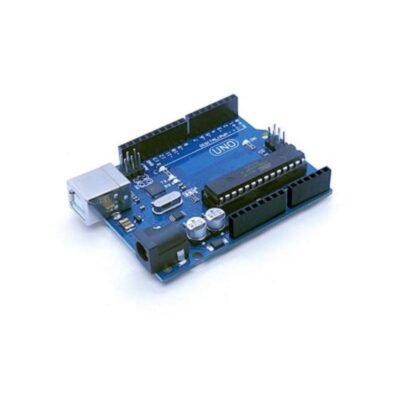


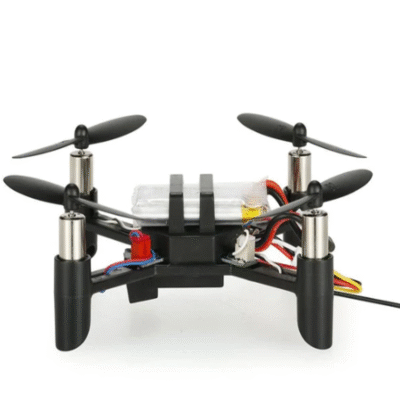



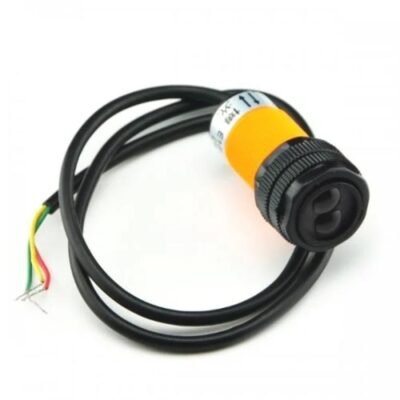
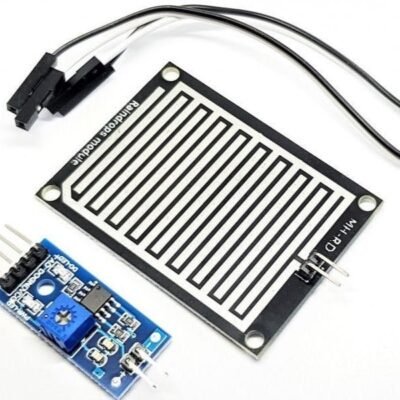
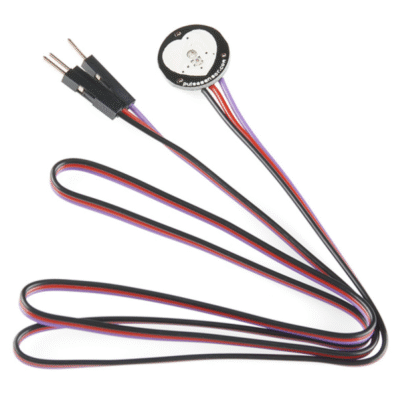


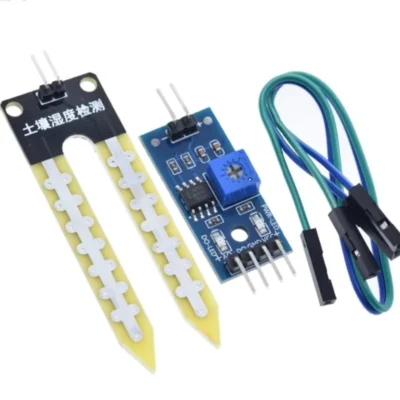

Reviews
There are no reviews yet.